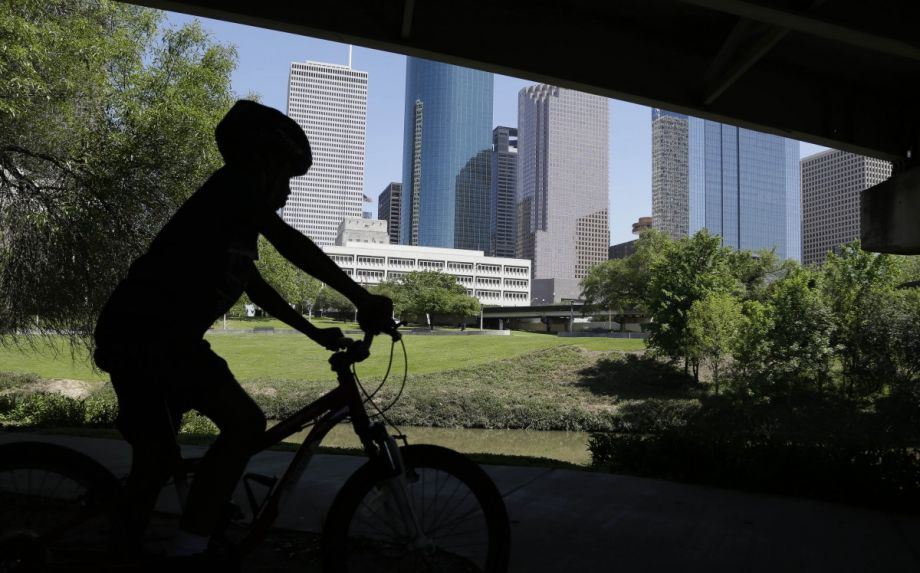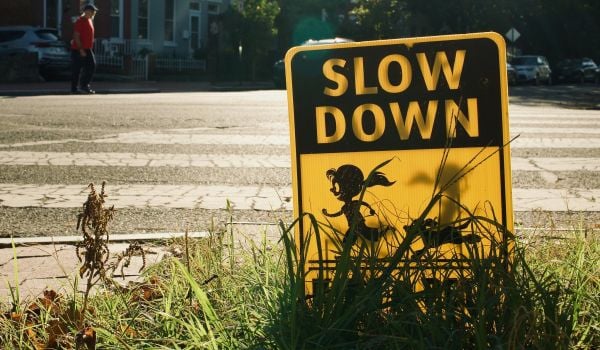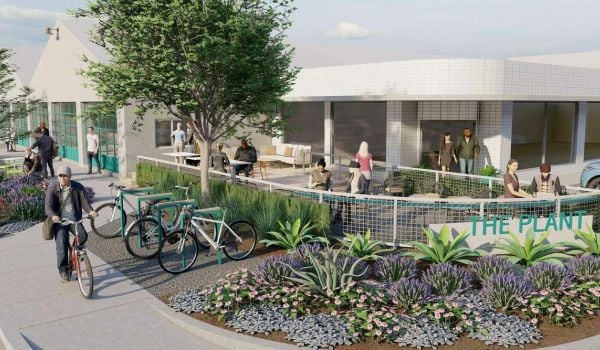During Super Bowl 51 weekend in Houston, two fatalities, both involving a light-rail train and a bicyclist, have shined a spotlight on bike safety in the city, KPRC 2 News reports.
On Friday morning, a Rice University professor tried to bike through a rail crossing ahead of an oncoming train. Then, during the game on Sunday, a man riding the wrong way on a road turned into the path of the train.
The crashes come as City Council prepares to take up the Houston Bike Plan, a 10-year plan created by nonprofit BikeHouston to add more than 500 miles of bike lanes in the city. While prior to last weekend there had only been two fatalities involving a train and bicyclist since Houston’s MetroRail system opened in 2004, advocates with BikeHouston point out that there is an average of five bicyclist deaths a year in Houston, and that many of the city’s roads — including 610 where Sunday’s crash happened — do not have safe infrastructure for cyclists.
In response to the fatal crashes, MetroRail put out public service announcements hoping to create more awareness around safety, and authorities say they’re looking to see if there are better ways to improve safety.
The Houston Bike Plan also calls for the city to investigate the role street design plays in fatal bike crashes. This week, in a statement urging passage of the plan, BikeHouston outlined just how follow-ups to such fatalities can be better handled.
Following each death, the City and other officials should start an investigation asking: “Why did the death happen?” A full investigation should be done that includes, how could the designs of these roads and intersections be improved? Does an alternative route need to be provided? What were the human mistakes and how do we change the road design to make it harder for these mistakes to happen? … Beyond the direct answer of always stop for trains, what are the underlying and contributing factors in these cases? Regarding the 610 crash: Why was a person riding a bike on the 610 feeder road? Can we provide a safer route through this part of town? Regarding the Sunset crash: How can this complex intersection be simplified? How can the signals be improved to result in more compliance with the signalization?
Safe street advocates across the U.S. argue that putting the onus on pedestrians and cyclists to avoid being hit by cars or trains is part of the problem, and that cities should instead focus on building streets that pedestrians and cyclists can use without putting their lives at risk.
Additionally, white, middle-class cyclists often have better access to safe streets than cyclists of color or lower-income riders, and public forums on these issues can be exclusionary. When working on its plan, BikeHouston aimed to tackle this issue by visiting roads in early morning commuting hours and talking to a diverse range of cyclists directly.
“If you’re only holding public meetings, who is able to hear about the meeting and take the time out of their day to attend?” Mary Blitzer of BikeHouston said in 2015. “Who is going to feel like the process will actually benefit them based on the incredibly racist history we have in the United States?”
City Council will vote on the plan later this month.
Kelsey E. Thomas is a writer and editor based in the most upper-left corner of the country. She writes about urban policy, equitable development and the outdoors (but also about nearly everything else) with a focus on solutions-oriented journalism. She is a former associate editor and current contributing editor at Next City.
















